Ever since the popularity of S/H (semi-hydroponic culture) spread throughout our hobby there has been a steadily growing body of enthusiasts that use various S/H media but without reservoirs. In other words, conventional culture but inorganic media. Most report good results but I wonder if this is not in part due to the relatively short amount of time such methods have been in place. I will admit up front a bias towards organic substrates or at least a hybrid of organic and inorganic media but my purpose here is not to stifle progress or innovation but to inform on inorganic vs organic media and thus enable one considering one or the other the tools to use them most effectively.
The primary argument against an all inorganic substrate is that it isn't natural. That is a weak argument by itself so I will bolster it with observations that inorganic media do not have buffering properties and many have alkaline ph above 7.5 that go against most orchids preference for a somewhat acid (6.5 - 6.8) ph. These media were designed for use in hydroponic systems where the nutrient solution is formulated with the buffering and ph adjusting agents that the media lacks. So, the first thing the grower desiring to experiment with straight lava rock or pumice or diatomite needs to do is look into fertilizer products that take the inorganic nature of the media into account.
My own growing came into its own when I at last understood that all the movement away from sphag and other moisture retentive media was really the search for a method of culture that would keep orchids from rotting their roots in the mostly underlit home windowsills in which I think it is fair to say the majority of hobby orchids are grown. In a poorly or just adequately ligted situation keeping orchids in inorganic media promotes a dry condition at the roots and since these media don't break down they don't harbor the bacteria that are present in organic systems. It takes a leap of faith to see that this is not neccessarily such a great thing and that it is actually better for the overall stress level of the orchid to light it optimally and then supply the roots with as much moisture as they can handle. I submit that if you can stay on top of the watering of an all inorganic, medium or large particle mix your light cannot be adequate. Truly good light will see you putting water into such a system maybe 3x/wk. With inorganic media only hydrophilic rockwool has the neccessary absorbency to free the indoor grower from the tyranny of 3x weekly watering and this is a shame because rockwool isn't a very popular orchid growing media. Diatomite is a sort of inorganic media, I suppose it would be more accurate to say it is an 'inert'media. The primary source 'Aussie Gold' mixes it with CHC (coco husk) and bark which might annoy some but I rather like the fact that the Aussie Gold people clearly understand the 'hybrid' concept. Another much maligned orchid growing product is Schultz Orchid Mix. Basically a bark based product it now incorporates expanded clay and charcoal where previously it used perlite and charcoal. Again the hybrid concept at work, utilize a mix of products in your mix and the best features of each support the mix while the weaknesses of each are minimized. I would suggest that a beginner cannot go too far wrong with either product. Schultz is a fairly large particle mix and is pretty ideal for large orchids of all kinds but especially phals. For phals and large intergenerics I would add 1/3 by volume good quality sphag to the Schultz.
The government tolerates us driving hybrid cars because all-electric vehicles would circumvent beaurocrasy (sp). Individuals plugging in and charging their car propulsion systems free and clear of a delivery system bottleneck gives the control freaks in Washington nightmares. They want to see us into a hydrogen based fuel cell successor to petroleum that will require a supply and delivery system not terribly different from the present refinery and distrbution system with the attendant markups and taxations at every step of the supply chain. Hybrid cars are simply a stopgap to keep the green minded populace occupied while the magicians tool up for hydrogen production. Hybrid cars, bad. Hybrid potting media, not bad. Electric vehicles, great. Organic potting media... And you thought all I think about is light.
H
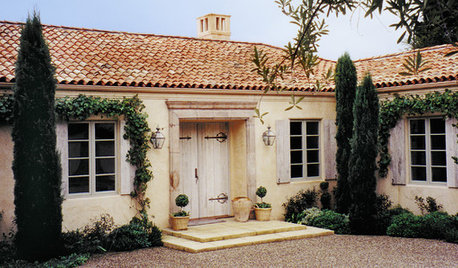

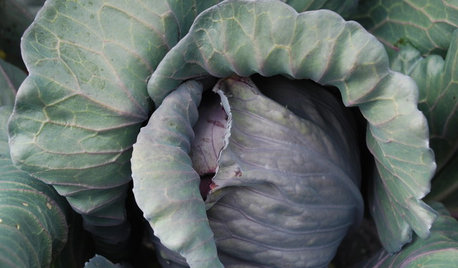
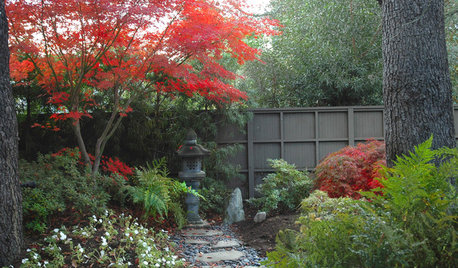
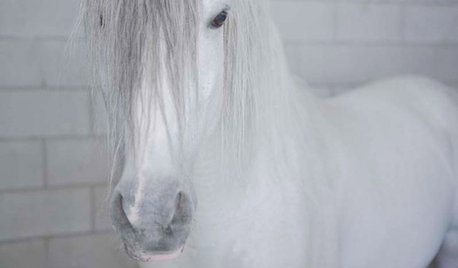

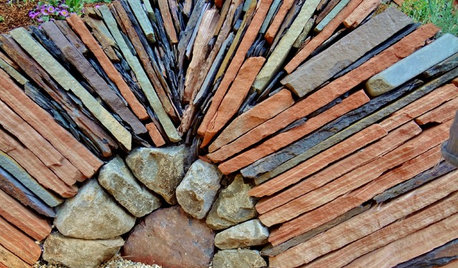
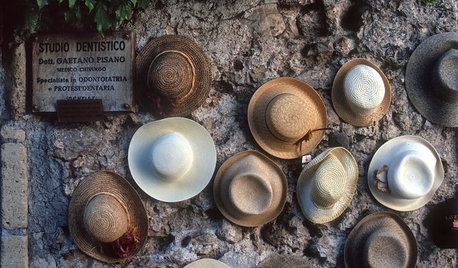
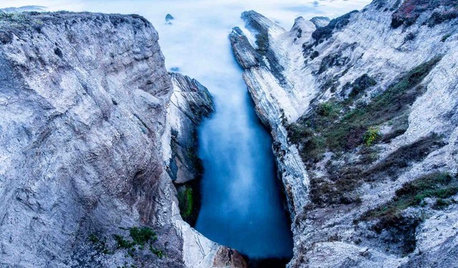
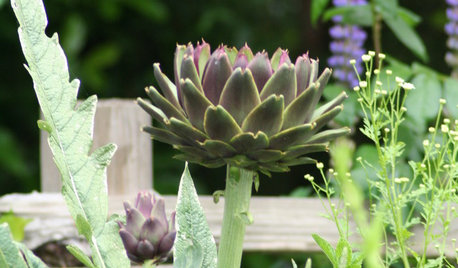






cjwatson
richardol
Related Discussions
Container Soils - Water Movement and Retention XIX
Q
Amend soil or not?
Q
Decison to disengage roses from soil
Q
Where's your butter?
Q
garyfla_gw
sdahl
anglo
arthurm
whitecat8
arthurm
clintdawley
me_171
cbarry
me_171
salvialvr
yukichan
claritamaria
scott361
claritamaria
aerides